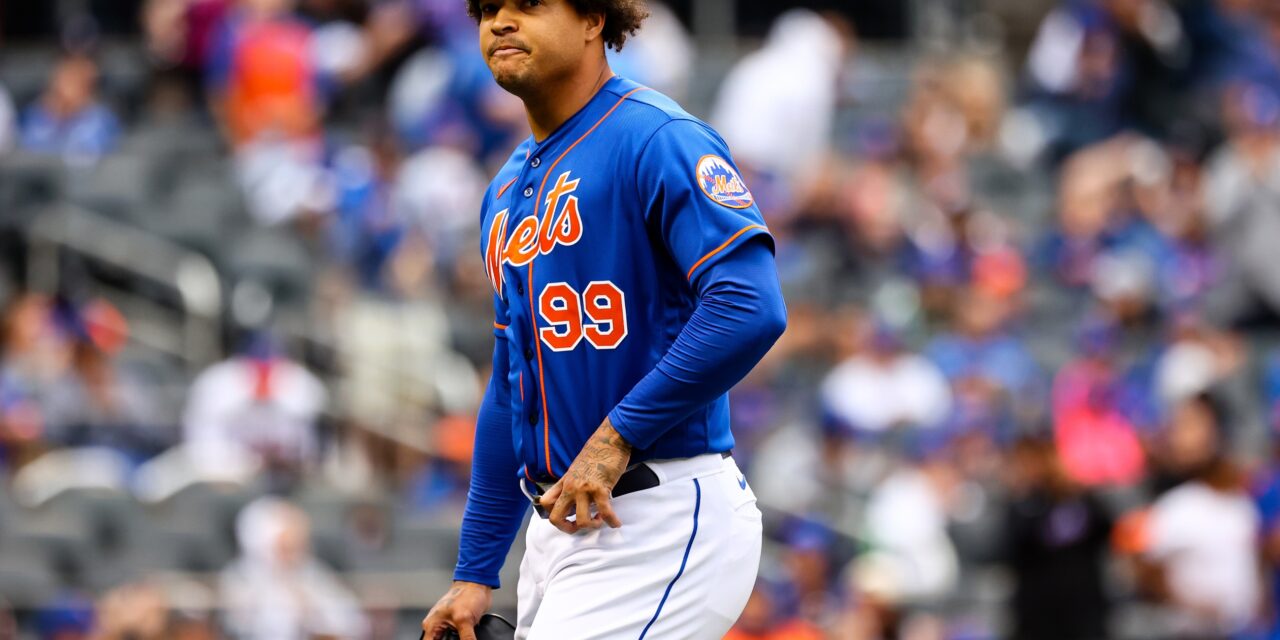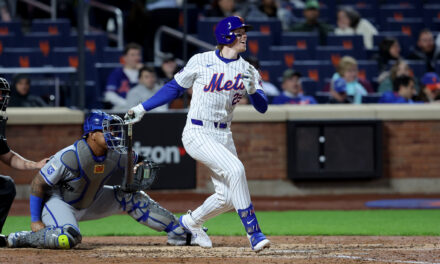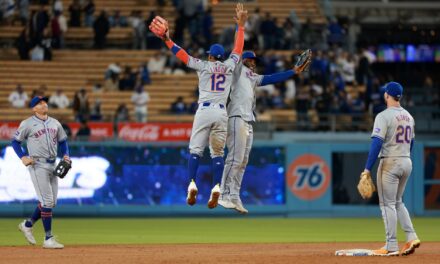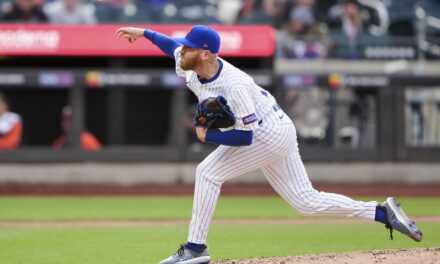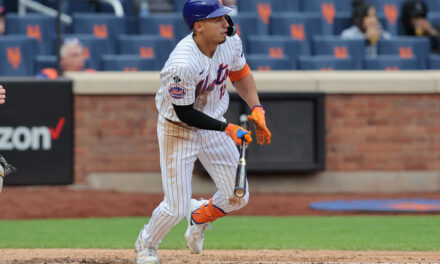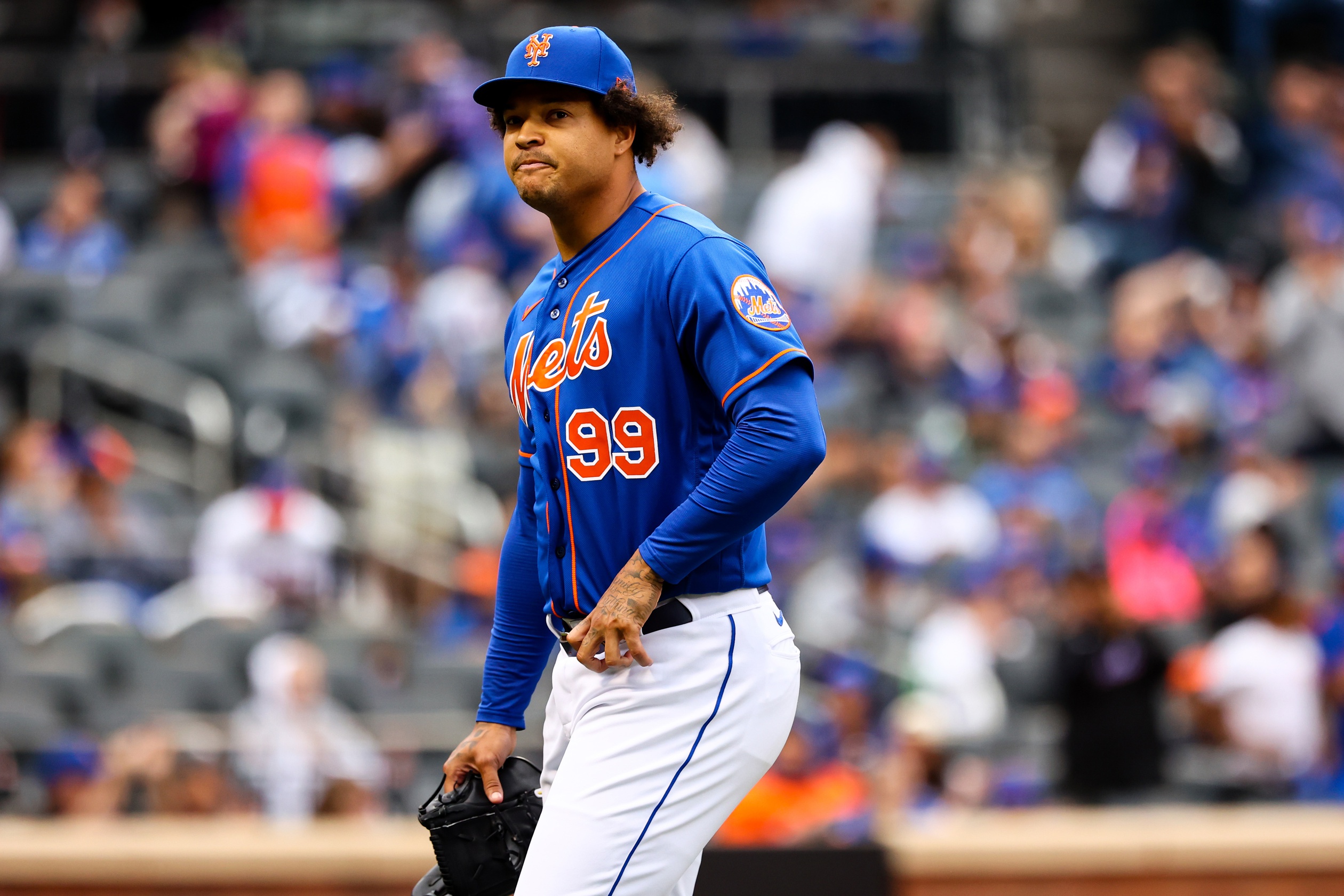
Mandatory Credit: Jessica Alcheh-USA TODAY Sports
Mets fans likely remember how good Taijuan Walker was in the first half last year, and then how bad he was in the second half.
To those fans, this season probably feels like a similar story. Walker has once again had a strong opening half of the season, posting an ERA below 3.00 in 13 starts. The obvious question going into the remainder of the season is whether he can keep up this success, or if he’s just going to fall off a cliff again.
When looking at his numbers, the short answer is that he’s due for some regression, but not as much as last year. Some of his numbers are up from where they were last year, while others are down.
He’s striking out fewer batters, with his K/9 going from 8.26 to 6.44. And that’s despite two recent starts where he struck out 19 in 12 2/3 innings. It’s hard to explain that random spurt of dominance, but outside of those two starts, he’s struck out just 4.95 batters per nine innings. However, he’s also walking fewer batters. His current 2.60 BB/9 would be his lowest mark since 2016.
The average exit velocity of balls hit against him and his expected batting average have both improved, according to his Baseball Savant percentile rankings. This is despite his fastball velocity going from the 68th percentile to the 44th percentile. His ground ball percentage has gone up from 41.9% to 49.3%, with his fly ball percentage going down from 41.2% to 29.2%.
All this means that he’s throwing the ball softer than last year, which has resulted in a decrease in strikeouts. But he’s getting the ball on the ground more, where the Mets are well-equipped with infielders like Francisco Lindor and Luis Guillorme. With all the various analytics taken into account, Baseball Savant has Walker’s expected ERA at 3.82 — over a full run higher than his current mark, but still not bad. For reference, his expected ERA last year was 4.60, while his actual ERA was 4.47. If Walker can finish the season with an ERA around the 3.60-3.80 mark, that certainly wouldn’t be a failure of a season by any means.
As for the velocity decrease, it mostly has to due with him simply throwing his fastball less often. He’s actually averaging the same speed on his fastball that he did last year — 94 mph — but he’s throwing it only 38% of the time, compared to 57% last year. He’s thrown his changeup a lot more this season, which is largely why he’s getting fewer strikeouts but more ground balls.
If his changeup continues to be effective, then he should absolutely roll with it. It was actually that high-80s split-finger changeup that induced most of those strikeouts in his random, impressive burst of punchouts against the Angels and Marlins. But it wouldn’t hurt him to go back to the fastball a little more often, especially if regression does start tumbling his way.
It will be interesting to see how the rest of Walker’s season plays out. Like last year, he seems to be over-performing his metrics. With any luck, he learned something from last season that’ll help him ease the blow of his inevitable regression after the All-Star break. And despite the curious nature of Walker’s numbers, he is, overall, performing like a better pitcher this year than last. Whether that means he’ll keep up this level of success all season, we shall have to wait and see.


